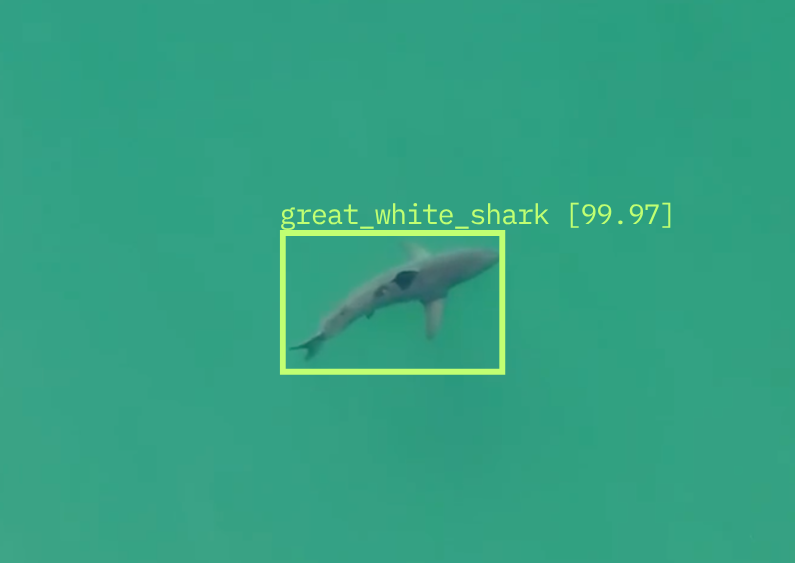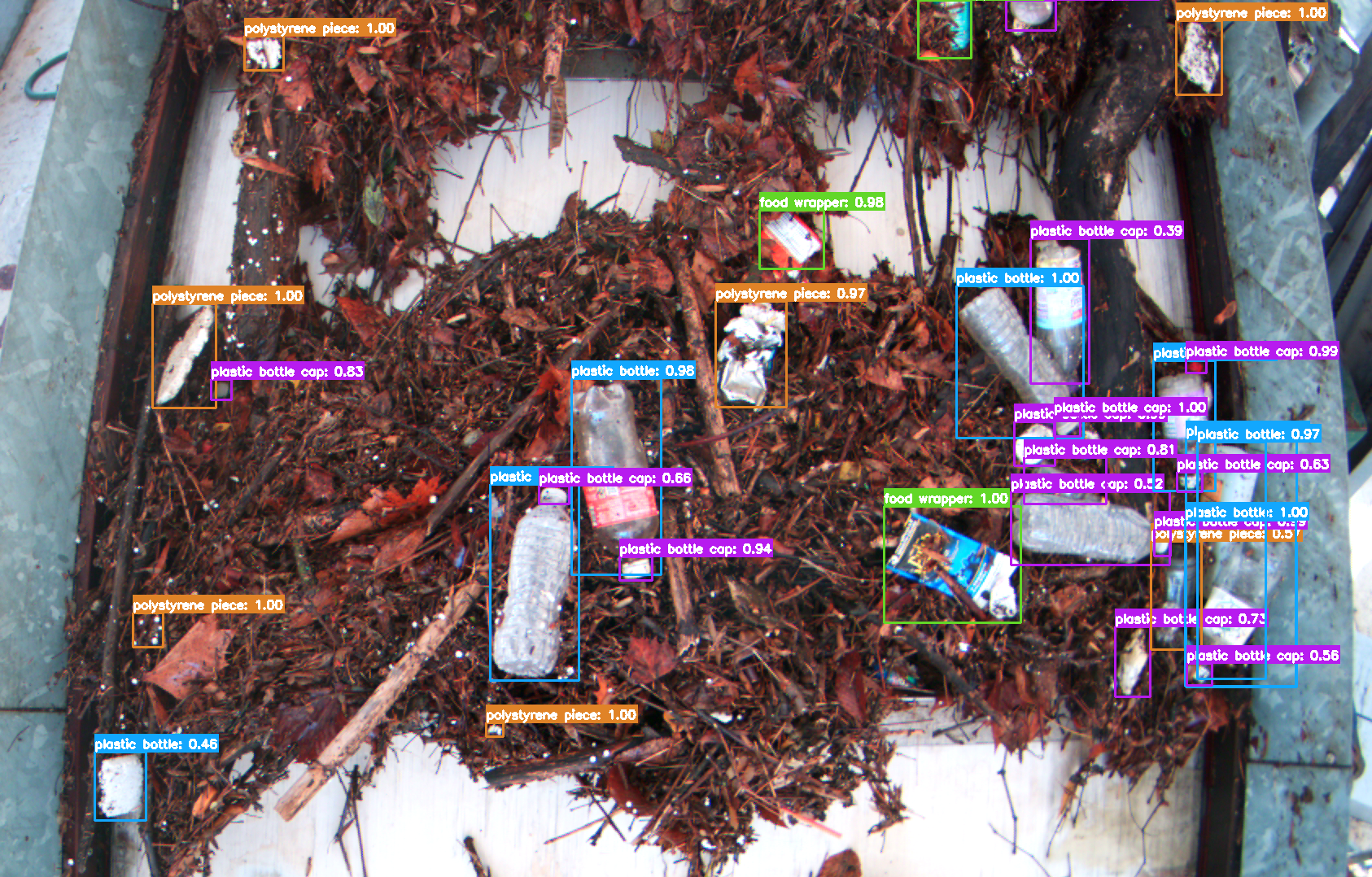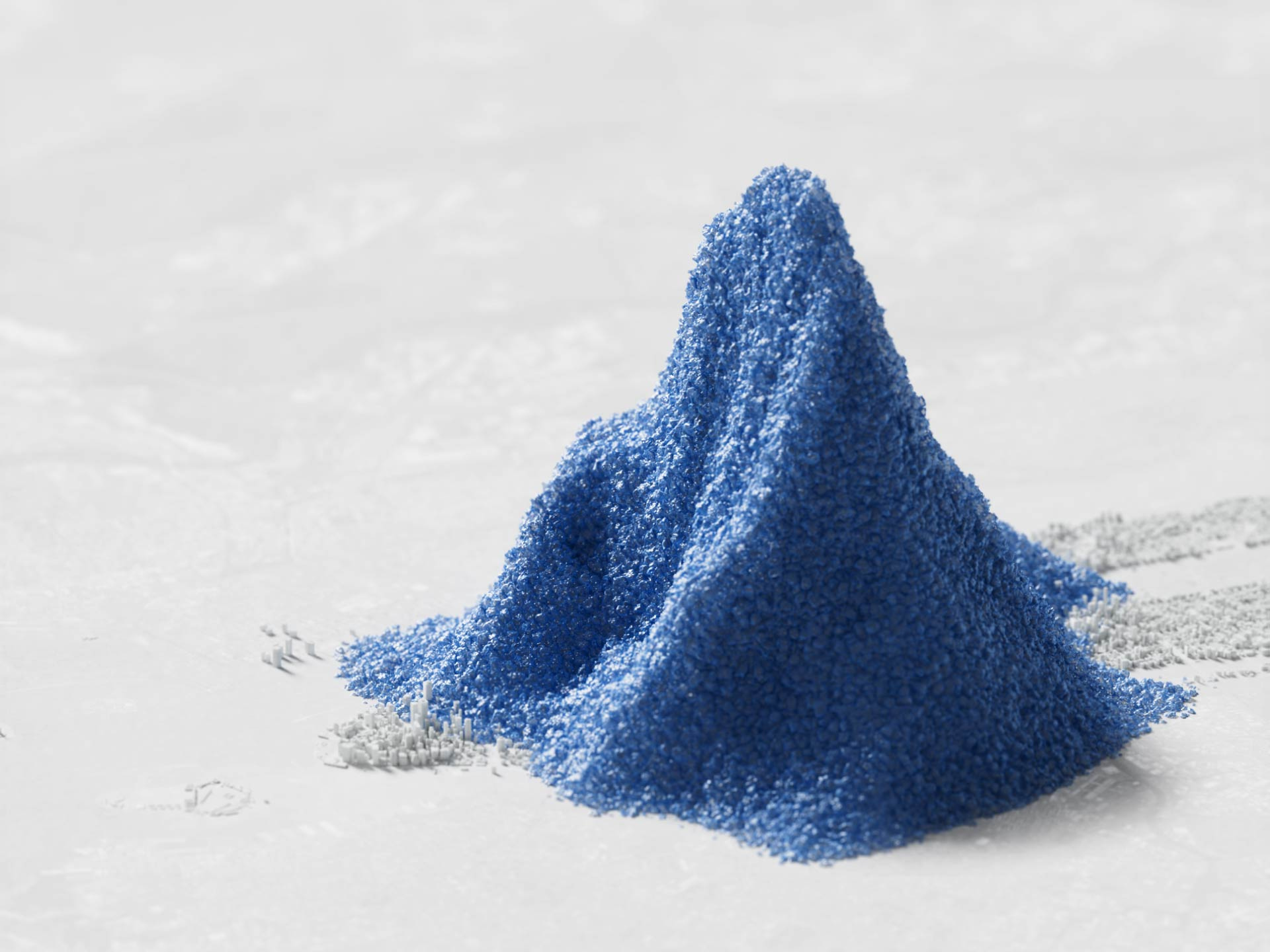Our Work
AI for Ocean
Benioff Ocean Science Laboratory leverages the power of AI tools to deepen our understanding of the ocean and guide us towards solutions to restore the ocean’s health.
Tech + Ocean
Artificial intelligence (AI) is arguably the most influential and talked-about technology of the present day. It also has enormous potential to benefit the ocean.
What is AI?
Artificial Intelligence (AI) is a software system capable of learning, reasoning, and solving problems, similar to how humans think.
SharkEye uses AI and drones to detect great white sharks, promoting research, conservation, and safe human interactions with marine life.
We use machine learning to train computer vision models to identify great white sharks in done video footage. The drone flies a standardized transect over the ocean in a known white shark nursery near Carpinteria, CA. This video footage is then uploaded to a custom application that has been trained to identify, count, and estimate the size of great white sharks. This information is shared with community members who have opted into a text alert system.


River Vision uses computer vision models to autonomously characterize and quantify plastic and other waste removed from rivers.
We use machine learning to train a computer vision model to identify trash items removed from the Inner Harbor in Baltimore, Maryland, and San Diego Creek in Newport Beach, California. Using input from cameras mounted on “trash wheel” collection technologies, the model identifies items such as plastic beverage bottles, bags, food wrappers, expanded polystyrene, and aluminum cans. These data offer the opportunity to identify upstream sources of trash and inform appropriate interventions to prevent further pollution in rivers and oceans.
The Global Plastics Policy Tool uses machine learning to predict future scenarios of plastic pollution and inform decisionmaking for the global plastics treaty.
We use machine learning to project trends in plastic production, use, and waste to 2050 based on historic plastic flow and socioeconomic data. We used this baseline to test the impact of different potential policy interventions under the global plastics treaty currently under negotiation by the United Nations. We found that just four policies could together cut plastic pollution by 91% and greenhouse gas emissions by one-third.

Benioff Ocean Science Laboratory advances ocean health by leveraging the power of big data combined with emerging innovative technologies.
Spotting Giant Sea Bass uses pattern-recognition algorithms to advance population research of the protected giant sea bass.
We use an algorithm that recognizes the unique spot patterns of giant sea bass in photos submitted by community scuba divers. Our database of hundreds of spot patterns is used to identify and track individual fish over space and time in Southern California, which informs our understanding of this enigmatic species.


Whale Safe uses a detection and classification algorithm to detect whale calls in near-real time and reduce ship strike risk.
We use an automated algorithm developed by Woods Hole Oceanographic Institution that identifies baleen whale calls recorded by our hydrophones. The system extracts pitch tracks from audio spectrograms—analogous to a series of notes on a page of sheet music—and compares their frequency, duration, and amplitude patterns against a library of hundreds of known call types from multiple species. This near-real time detection enables ships to receive timely alerts about whale presence, helping mariners slow down in critical areas to prevent potentially fatal collisions with these protected marine mammals.
